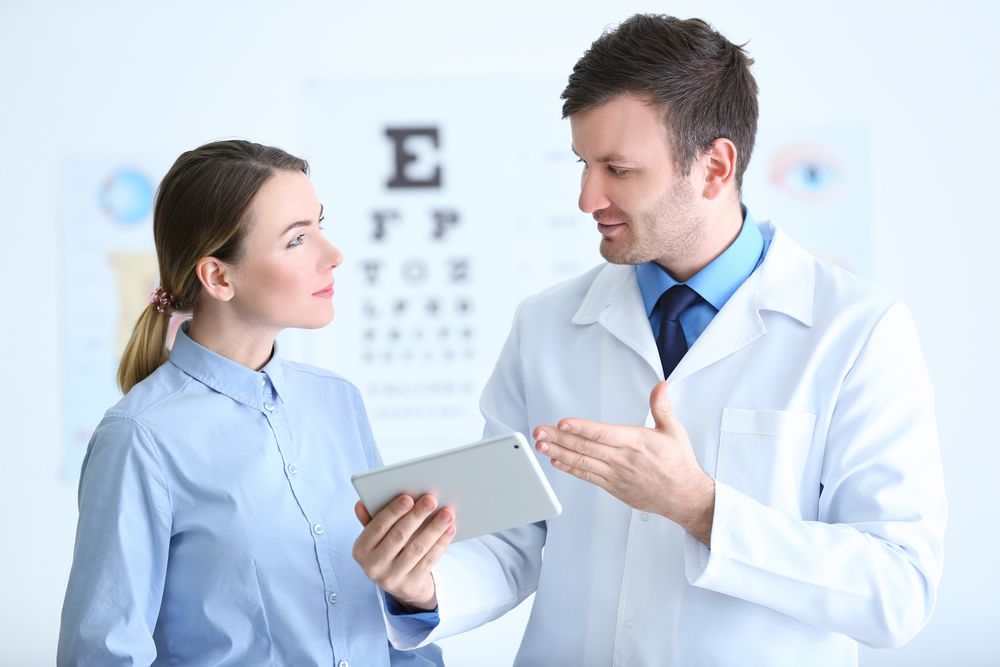
Also known as near-sightedness, myopia is the most common refractive eye condition in the world, affecting an estimated one in three U.S. adults. For some patients, myopia causes little interruption to their day to day lives and they may not even need to rely on corrective solutions. However, for others, their myopia is a significant problem that is also putting them at risk of developing other eye issues which could further compromise their vision in the future.
Causes of myopia
Myopia nearly always occurs because the eyes have grown slightly longer than is considered optimal. What this means is that the light that enters the eye isn’t refracted properly by the small, domed section covering the front part of the eye called the cornea. This refraction is essential for the light to be focused onto the patch of light-sensitive cells at the back of the eye known as the retina. The retina’s job is to convert this light into signals which are then sent up the optic nerve to our brain which tells us what we can see. In patients with myopia, the light is refracted in front of the retina rather than directly on it and causes them to find it difficult to see objects at a distance clearly.
Although overgrowth of the eyes is the main cause of myopia, it can also occur if the cornea is too curved for the length of the eyeball, or from a combination of both factors.
Risk factors for myopia
It isn’t always known why some people develop myopia and others don’t, but there are some factors that could make it more likely, including:
Genetics - Myopia often runs in families so if you have a close blood relative with myopia, chances are you could develop it too.
Lack of natural light - Spending too much time indoors is thought to be a key contributor to the development of myopia. However, it is equally as important that you remember to wear sunglasses that are effective at blocking 100% UV light so that your eyes are not damaged by harmful UV rays.
Excessive screen time - We spend more time looking at screen than ever before but spending so much time concentrating on nearby objects is believed to contribute towards the development of myopia.
To minimize your risk of myopia, we strongly recommend that you eat a balanced diet containing foods that are proven to be beneficial for eye health, spend enough time outdoors, and visit your eye doctor regularly so that they can monitor the health and condition of your eyes and check for early signs of any eye diseases or refractive eye conditions.
How severe is my myopia?
Some people are fortunate enough to experience fairly mild myopia while others have their vision severely impaired. Patients with very severe myopia may have limited options when it comes to using aids to achieve clear vision. For example, patients who seek laser vision correction must have myopia that falls within certain parameters to be considered a good candidate for the procedure. If not, they may have to consider more conventional solutions such as glasses or contact lenses.
Patients with myopia require prescriptions with a minus lens that will reduce the amount that the light bends when it enters the eye. The higher the number on your prescription, the more near-sighted you are:
Mild myopia is characterized as myopia levels of up to -3.00 diopters (d)
Moderate myopia is characterized as levels between -3.00d and -6.00d
Severe myopia is characterized as levels above -6.00d
If you have further questions about myopia, or if you would like to schedule an eye exam with our expert team, please contact our family eye care center today.





